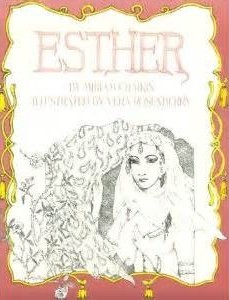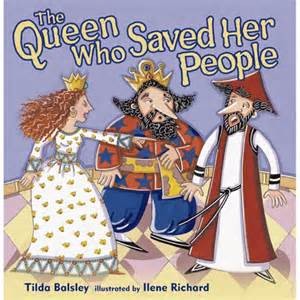Notes from the Lampert Library
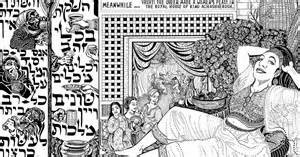 Purim is almost here with its focus on the legendary beautiful, brave heroine Esther. Because of her beauty and the dramatic events that unfold, Esther’s story is perfect for illustrated books.
Purim is almost here with its focus on the legendary beautiful, brave heroine Esther. Because of her beauty and the dramatic events that unfold, Esther’s story is perfect for illustrated books.
Although there are several parts of the traditional telling that are not appropriate for children, many well-known authors and illustrators of books for young readers 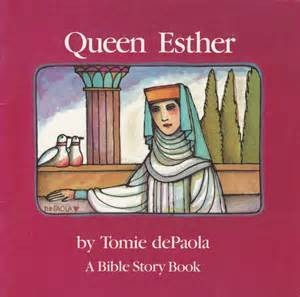 have made the Purim story-with its dramatic sequence of events- their own.
have made the Purim story-with its dramatic sequence of events- their own.
In fact, one could even track literary and visual trends by looking at the books sequentially. There have also been several novels length adaptations of the story focusing on the drama and intrigue in the palace.
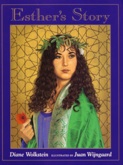 Come into the Lampert Library and take a look at the selection of the beautifully illustrated versions of Esther’s story, some by internationally acclaimed artists.
Come into the Lampert Library and take a look at the selection of the beautifully illustrated versions of Esther’s story, some by internationally acclaimed artists. 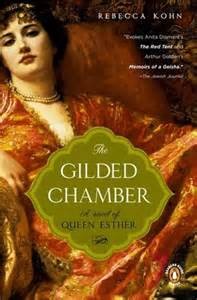 A few of these books are even as arresting as Esther was reported to be.
A few of these books are even as arresting as Esther was reported to be.
Books are listed in order of publication so that the reader can see how the artistic approach has changed.
Armstrong, Hadassah: Esther, the orphan queen (1972). Detailed black and white sketches add to this short novel-like retelling.
Chaikin, Esther (1987). Black and white sketches show the opulence of the Persian court.
dePaola, Queen Esther (1987). Depaola’s signature clean lines and geometric shapes give a familiar look to an old tale.
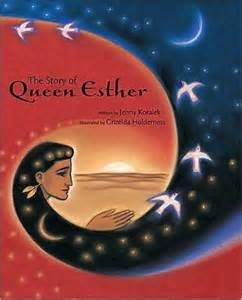 Scherman, Artscroll Youth Megillah (1988). This colorfully illustrated edition contains the complete text, notes and a translation suitable for older children.
Scherman, Artscroll Youth Megillah (1988). This colorfully illustrated edition contains the complete text, notes and a translation suitable for older children.
Wolkstein, Esther’s Story (1996). Painterly illustrations done in gouache reveal the opulence of the court and Esther’s beauty in this intimate retelling by a noted storyteller.
Kohn, The Gilded Chamber (2005). The cover (Dicksee, Passion, 1892) if this fully fleshed out novel featuring Esther gives one interpretation of Esther’s beauty.
Waldman, Megillat Esther (2005). Intricate black and white cartoons and an irreverent tone bring a decidedly adult feeling to this version of the story.
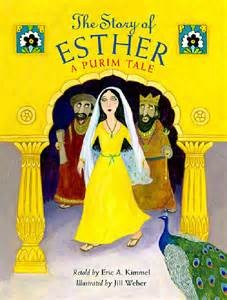 Koralek, The Story of Queen Esther (2009). Illustrations done in gouache and angular faces give this retelling an exotic look.
Koralek, The Story of Queen Esther (2009). Illustrations done in gouache and angular faces give this retelling an exotic look.
Balsley, The Queen Who Saved Her People (2011). Bright cartoon-style illustrations turn the story into a comic tongue-in-cheek read.
Kimmel, The Story of Esther (2011). A variety of artistic media are used to create colorful detailed drawings for a telling that begs to be read aloud.
- Is It Passover Yet? - Thu, Apr 18, 2024
- MESH Report April 9, 2024 - Thu, Apr 11, 2024
- Guess Who? - Wed, Mar 13, 2024

